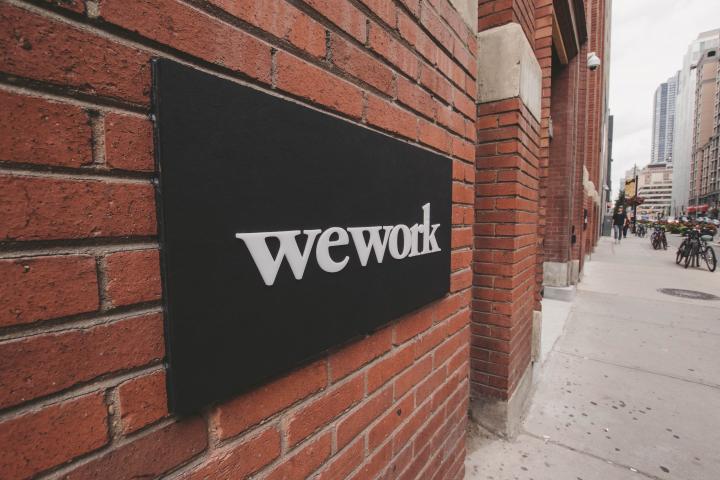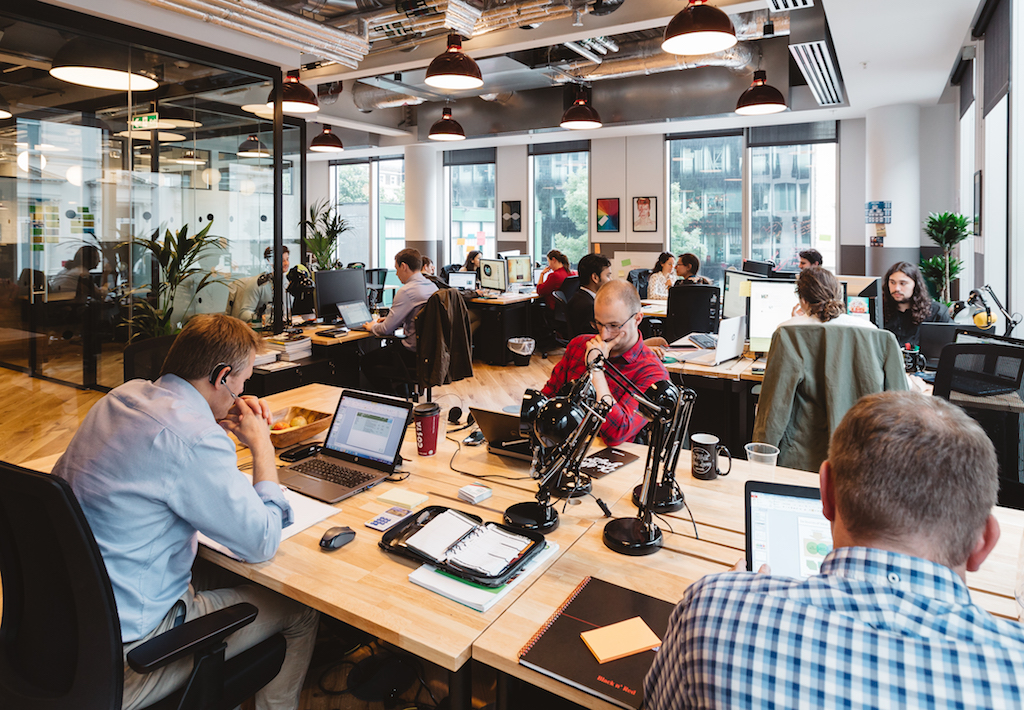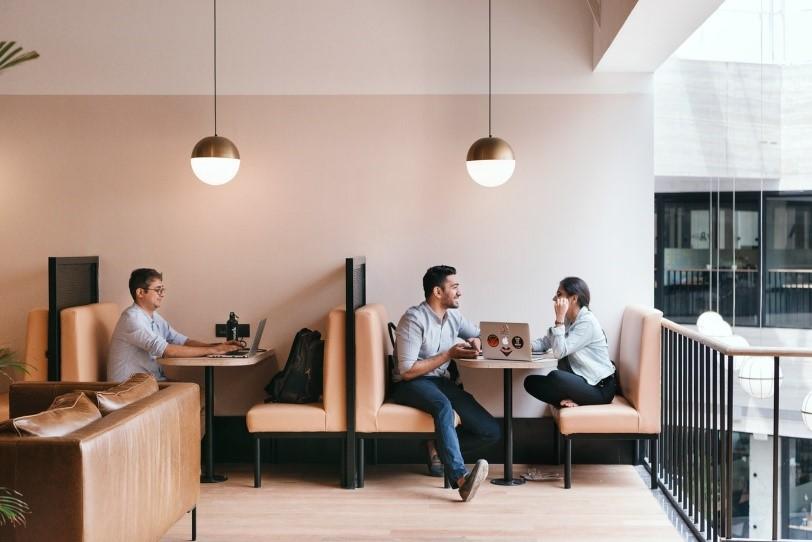

A decade ago, the idea of a shared office space was almost unheard of. Now, due to the shifts in workforce demographics, the collaborative workspace industry is witnessing rapid growth. According to GCUC, the industry is going to grow at an annual rate of nearly 16% in the next 5 years. There are currently more than 11,100 shared offices in the United States, and this number is expected to rise to 26,000 by 2020.
WeWork, the largest shared space provider based in the US, is making the most out of this growth. The company leases and develops properties, then turn around and rents them out at a higher price. WeWork currently has 360 locations worldwide and is continuing its global expansion. The growth is especially pronounced for WeWork China, where the company has extended from 4 to over 60 locations in the country’s megacities since 2016. For scale, that is one-sixth of all WeWork’s locations. By using the 4 facets of brand positioning, let’s examine the factors that cemented WeWork’s success and position as the dominant player in the industry.

For many companies, especially start-ups, a shared office is simply the more cost-effective option. Shared offices like the ones provided by WeWork come fully equipped and furnished, saving businesses significant repair and maintenance costs that often come with leasing traditional office spaces. Lease terms are also far more flexible, giving companies the freedom scale up or down depending on their business growth. WeWork currently offers a range of short-term membership options that lasts as little as a month, as opposed to long-term leases required by many office buildings. In total, a business could save up to 75% in total costs by opting for co-working spaces.
WeWork was founded on the mission “to create a world where people make a life, not just a living”. With its bright and cozy interior, WeWork locations are not only aesthetically pleasing, but a direct contrast to the traditional workplace’s dull cubicle setting. The idea of building a community is also central in WeWork’s vision. It is a well-known fact that a collaborative work environment can boost inspiration and creativity. In a shared office space, dozens of likeminded people occupy the same space as you, making it an ideal place for ideas to flow. In other words, WeWork wanted to create not just a beautiful space for work, but also for business professionals to mingle and develop meaningful relationships with each other.

A typical office cubicle setting (left) vs a typical WeWork office. The latter resembles the home more than the workplace. (Source: WeWork)
The advent of digital technology has shifted the work-life balance dramatically. With emails and messages just a fingertip away, the work life has invaded the home life. The typical office can feel even more monotonous when the “end” of the work day grows increasingly obscure. By experimenting with its space and office design, WeWork China offices are anything but dull. A typical WeWork building is spacious and lively, often with minimal barriers to prevent separating individuals occupying the space.
WeWork’s creative director of physical product Devin Vermeulen puts it like this: “We wanted to create space with that same level of comfort that you get out of your living room… as well as the same lack of anxiety and the same creativity [employees] could have at home.” By using a mix of texture in its office design such as concrete walls, carved wood furnishings, bronze lighting structures and natural greenery, the space is aesthetically pleasing, but more importantly offers the comfort of a home.

A closer look inside the WeWork flagship in Shanghai. Before its redevelopment, the building was a former opium factory. (Source: Yatzer)
WeWork China also actively fosters a sense of community among its tenants. For example, community managers deliver mail in person and will talk to members personally if they run into any issues. Every WeWork building also has its own online network that anyone can use to communicate, with the eventual goal for different occupants interact with and seek advice from each other in person.
At WeWork, companies get to exercise their independence and freedom while still being able to enjoy the social aspects of being part of a larger organization. In fact, the company’s name “WeWork” aptly explains the occasion – a place where “we”, the young entrepreneurs, “work” together in a dynamic and vibrant work environment.
WeWork is the embodiment of the millennial in the professional world. Resisting the urge to comply with traditional office structures, millennials are continuing to challenge the “9-6” mentalities as well as the social norms attached to the workplace. It is no coincidence that as millennials join the workforce, they are also shaping the trends of how and where people work.

A WeWork location in Gurugram, India.
With its open space, vibrant design and community-building practices, WeWork reflects the agile, passionate and ambitious spirit of the young creator. Shorter and more flexible lease terms also reflect millennial’s preference of freedom and smaller commitments. This sentiment is also backed by a revealing piece of statistic: the average age of WeWork members are 35 years of age, compared to the general workforce’s average age of 42.
“[We] both just started with the premise that offices suck. We were wondering how do we start over, to some degree.” Vermeulen described his thinking when he was first asked to design WeWork offices with Miguel McKelvey, WeWork’s chief creative officer.
The concept of work is shifting. To many small businesses who increasingly value entrepreneurialism and creativity, the office is not solely a place where you’re forced to spend 9 hours a day in, but a community where creative exchange is valued. While co-working may still sound like a foreign idea to some, businesses are increasingly warming up to the proposition. With its lower costs, flexibility and strong community culture, WeWork China has challenged how we traditionally think about the workspace and pushed a once niche type of office space into the mainstream.
A Labbrand Group Company © 2005-2024 Labbrand All rights reserved
沪ICP备17001253号-3To improve your experience, we use cookies to provide social media features, offer you content that targets your particular interests, and analyse the performance of our advertising campaigns. By clicking on “Accept” you consent to all cookies. You also have the option to click “Reject” to limit the use of certain types of cookies. Please be aware that rejecting cookies may affect your website browsing experience and limit the use of some personalised features.